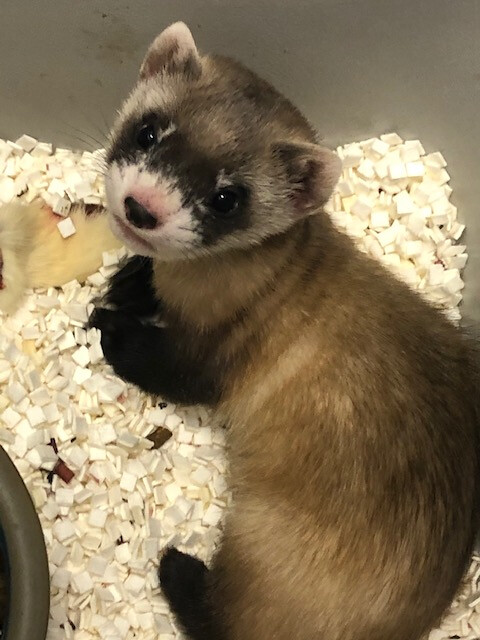In recent years, scientists have been able to refine their molecular tools to resurrect ancient DNA from human graves and determine that yes, Yersinia pestis was the causative agent for the Black Death in the 14th century and the Plague of Justinian in the 6th century. As more and more human graves have been uncovered, their DNA has revealed many secrets that scientists even ten years ago were unable to discover. With the ability to sequence entire genomes of bacteria that died with their hosts hundreds and even thousands of years ago, researchers are exploring the rise and possible spread of Y. pestis. Each new member sequence adds to the Y. pestis family tree, pinpointing the origin of this bacteria as it diverged from its ancestor Y. pseudotuberculosis. Peering into the past, scientists have been able to track down a strain of Y. pestis from individuals in a Swedish passage grave that is basal to known strains and that the authors of a Cell article suggest has interesting implications.
This pathogenic journey into history started by analyzing ancient DNA data sets from the teeth of individuals present in a communal passage grave in Gökhem parish, located in western Sweden, for any disease-causing microbial sequences that might be present. Y. pestis was flagged in one 20-year-old female dated 4,867–5,040 years ago. The bacterial sequences from this individual, named Gok2, were more closely aligned with Y. pestis than the Y. pseudotuberculosis reference genome.
Continue reading “Expanding the Plague Family Tree: Yersinia pestis in the Neolithic”



